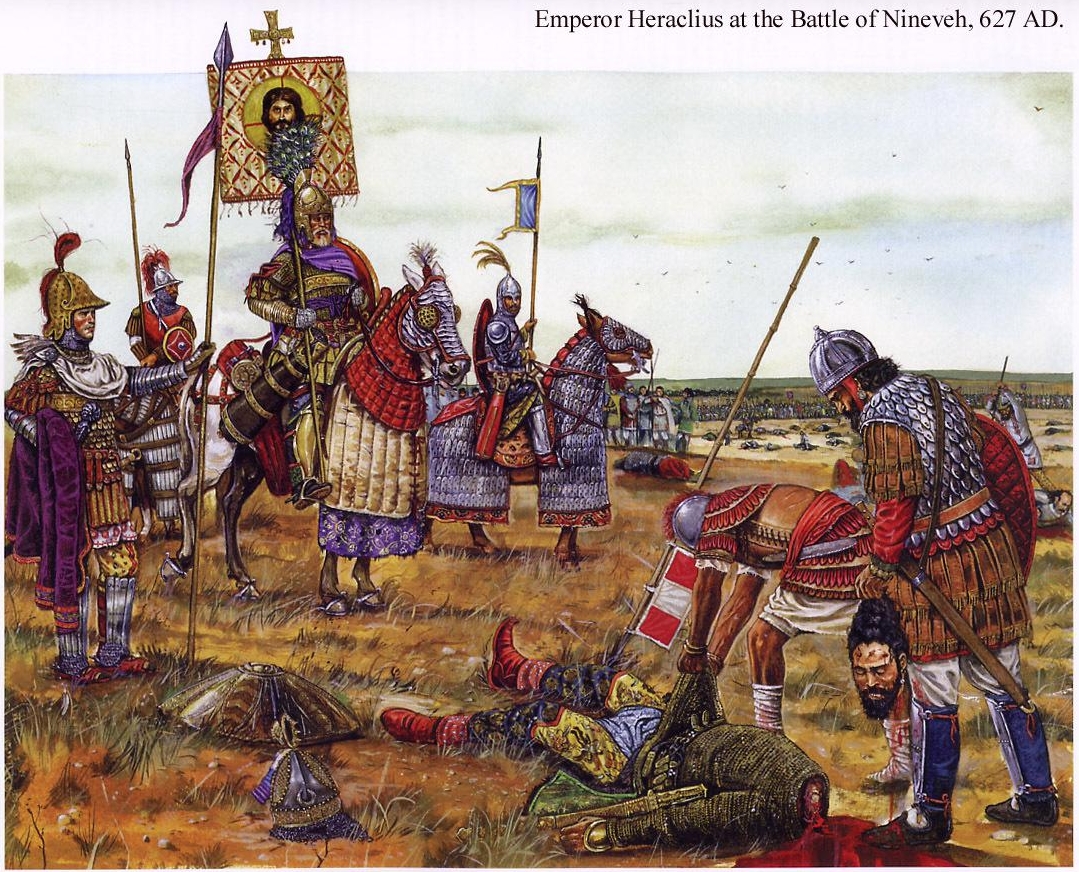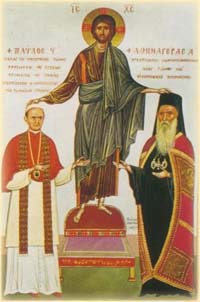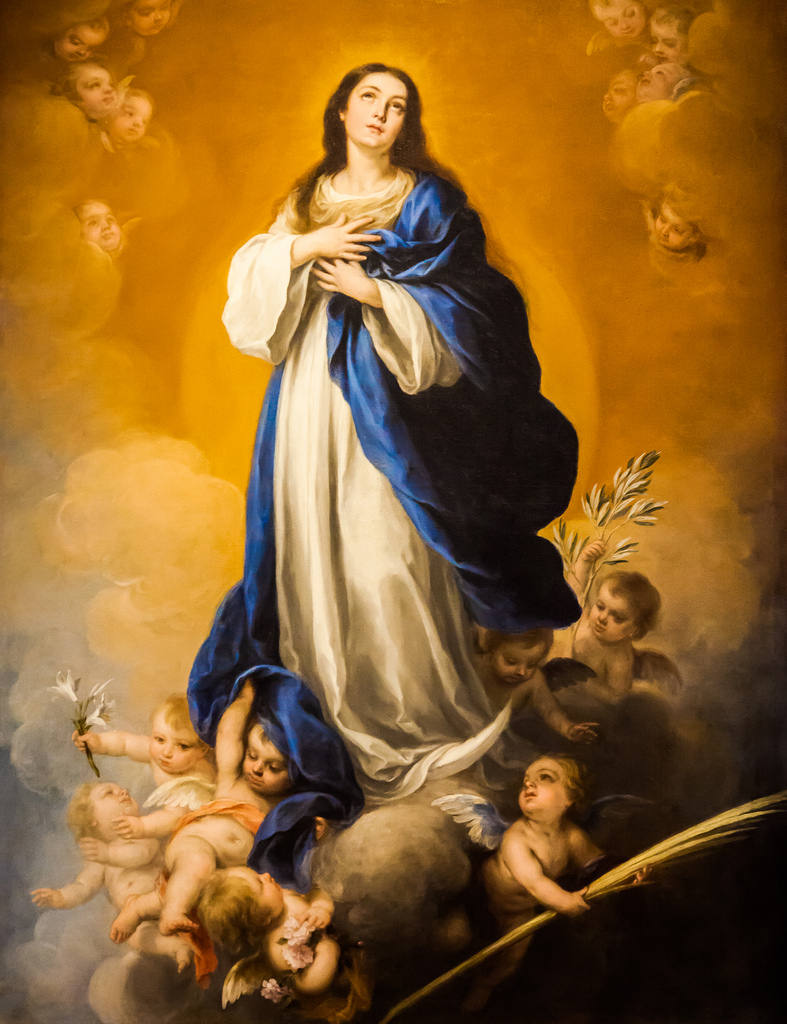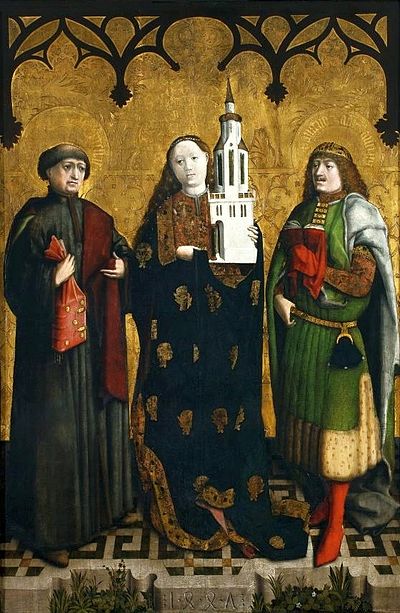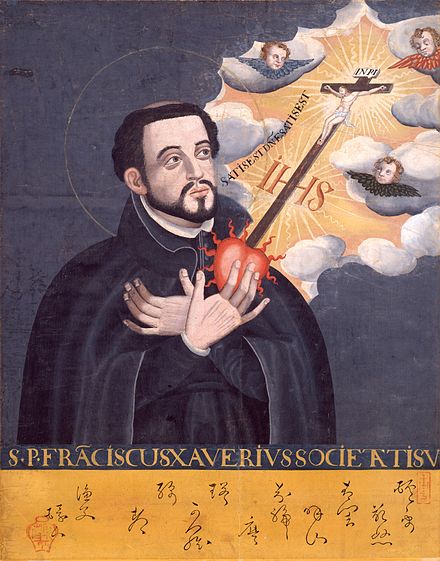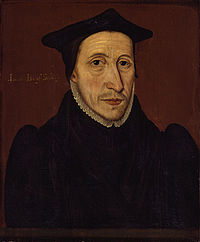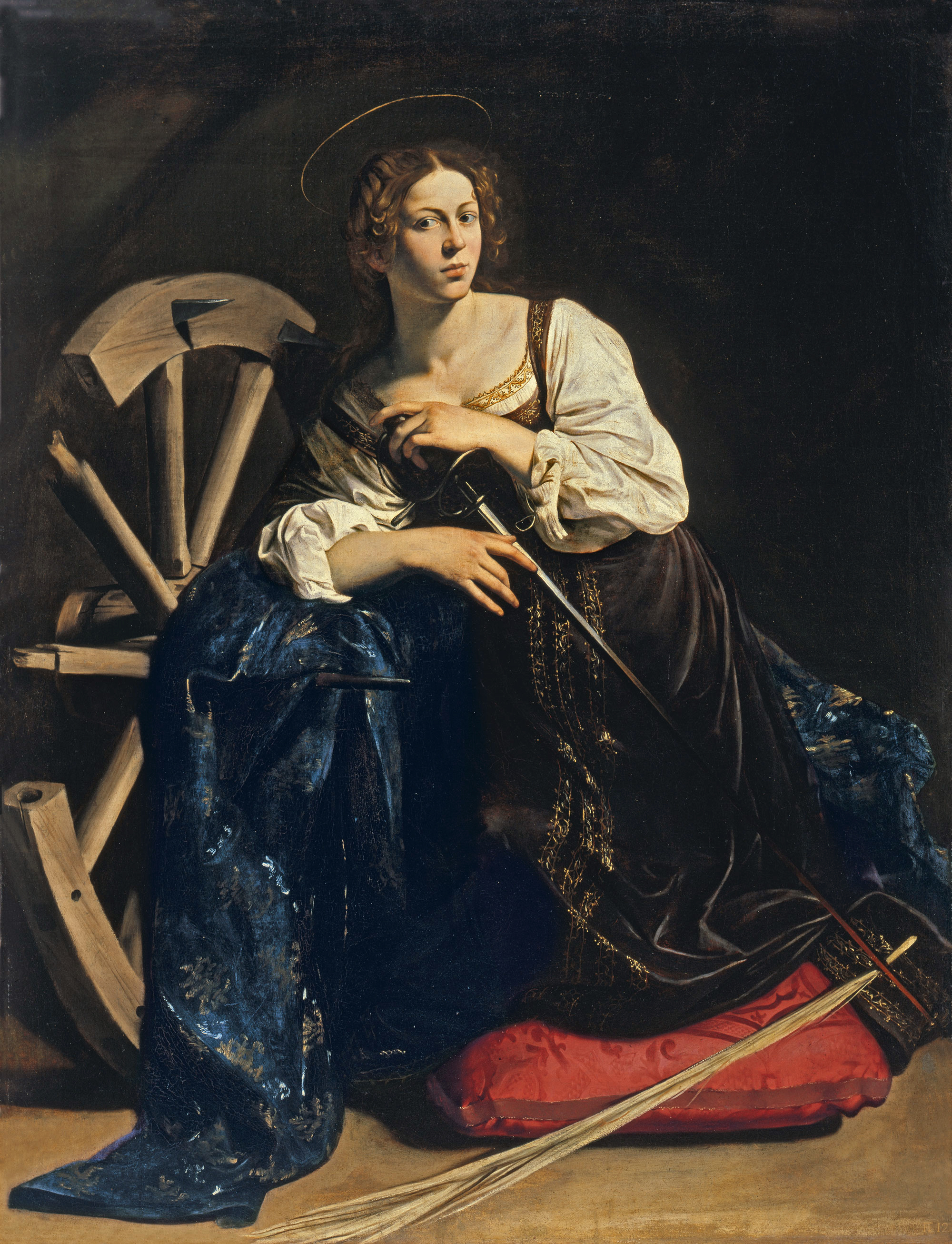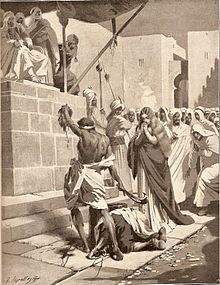The Feast of Saint Lucia
Saint Lucia or Lucy was a Christian virgin of Catania, Sicily who was martyred in the persecutions of the late third century. After various travels her relics ended up in Venice where the song “Santa Lucia” is part of the repertoire of singing gondoliers to this day. Because her feast day fell on December 13, the date of the winter solstice before calendar reform, her legend became entwined with the midwinter festivals of various parts of Europe. In Sweden the story is told of a terrible famine in the Middle Ages which was relieved by the arrival of a ship bearing food and a beautiful, radiant woman in white at the helm; in Syracuse, Sicily they speak of a famine in the midst of which folk went to the church of St Lucia to pray whereupon a grain ship sailed into the harbour. In both Italy and Sweden she represents light and the promise of the renewal of spring. Some scholars say that the Swedish version of Lucia is actually a descendant of the Christ Child who was the Protestant Reformation’s replacement for St Nicholas. The Christkindl in Germany, where many of Sweden’s Christmas customs originated, was often depicted as a white-clad young girl and it is said that this figure was adopted by Swedes in the west part of the country to personify the celebrations that traditionally began on December 13. By the early twentieth century Lucia was a popular figure all across the country.
In Sweden on December 13 a “Lucy Bride”, a girl dressed in white with a red sash and a crown of candles and lingon berries, has ceremonial responsibilities. In the home she will bring coffeee and cakes to her parents. In schools or public institutions she leads a parade of similarly-clad young women and Star Boys. Across Europe, December 13 will be a time of bonfires and torchlit parades. In the Tyrol Lucia is a gift-bringer who delivers presents to girls while St Nicholas attends to the boys.
There is a dark side as well to the Lucia figure. Because the depths of midwinter are believed to be a time of increased demonic activity, Lucia is sometimes identified with witches or monsters. In parts of Germany she is the Lutzelfrau, a witch who rides the winds and has to be bribed with gifts; in some parts of central Europe Lucy takes the form of a nanny goat rewarding good children and threatening to disembowel the bad. In Norway she is quick to punish those who dare work on her day, and sn Iceland she is identified as an ogre. The night before her feast day is therefore held to be a good time for ceremonies to drive away evil spirits with lights, noise and incense. At midnight, Austrians believed that a special light, the Luzieschein, appeared outdoors and would reveal the future to those brave enough to seek it out.

